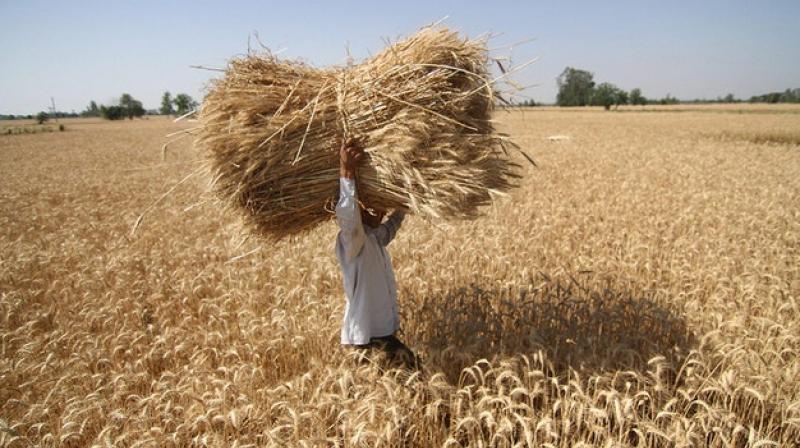
Back in 2016 when e-NAM, an online portal for buying and selling agricultural produce was introduced by the Modi government, it was thought to be a wishful endeavour by some. As usual, our arm chair political commentators and experts either chose to stay mum on how farmers were slowly embracing technology and were getting benefitted out of it or they just harped on to the narrative about the digital divide in India. Yes, there were teething troubles initially as the states had to amend the APMC Act to allow for online auction of agricultural produce, create the necessary infrastructure and also issue a single license to trade in the whole state. But once, things started getting better, the people who claim to stand for farmer’s welfare chose to side-line it for reasons best known to them.
But the coming of the pandemic has brought the e-NAM to focus. When India went under lockdown, it was feared that there would be starvation at large scale. But thanks to e-NAM, it has enabled smooth flow of food from farm to the table.
What is the e-NAM?
e-NAM or e-National Agricultural Market is an online platform that connects agricultural mandis across India on which farmers can sell their produce for the best rate. It enables buyers across India to quote price and participate in trading at the local level. This has resulted in farmers having more choices and access to a larger market. The Small Farmers Agribusiness Consortium is the lead agency tasked with the integration of mandis across India.
What has it managed to do?
Making the usual suspects who despise this government for anything it does to scratch their heads, the portal has grown strong since its inception. It has connected 785 mandis across 17 states and union territories benefitting close to 1.7 crore farmers and 1.3 lakh traders. The biggest beneficiaries have been the states not ruled by the BJP. Of the southern states, Tamil Nadu has been the biggest beneficiary of eNAM with 50 mandis having moved their operations to eNAM. 33 mandis in Andhra Pradesh and 47 mandis in Telangana have been on-boarded to the e-NAM. Farmers of these regions are happy with the changes ushered in by e-NAM. With trade cartels getting curbed, there is now transparency in auction and immediate settlement of payment to the farmers.
e-NAM in times of lockdown
The online platform has helped in easing the challenges brought by the lockdown. Farmers were provided with a market to trade their produce at competitive prices without physically visiting the mandis. On April 2, the e-NAM platform launched three features – an FPO (Farmer Producer Organizations) module, warehouse based trading module and a module for logistics.
The FPO module has helped in decongesting the mandis by allowing the farmer producer organizations to upload their produce details from their collection centres instead of the mandis. This has also reduced the logistics costs for the farmer. The warehouse based trading module has provided relief to the rabi crop farmers by allowing them to directly trade their produce from select warehouses that were declared as markets by the states. The logistics module has helped the traders to find websites of registered logistic service providers and avail their services. There are more than 1.9 lakh transporters and over 7 lakh trucks available on eNAM now.
To put things in perspective, as of March end, a total of 33.9 million metric tonnes of produce worth 1 lakh crore was traded on eNAM platforms that involved 228 mandis across 12 states benefitting more than 11.8 million farmers.
How e-NAM is changing agribusiness space forever
e-NAM has proved to be a game-changer in agri-businesses and trade. It has fostered a competitive spirit among the traders and has ensured better returns to farmers. The pandemic and the ensuing lockdown opened the possibility for farmers to sell their produce at remunerative prices without physically visiting the mandis. e-NAM has unlocked the potential of the space and has digitally empowered farmers and small business for them to enter into a new age.




